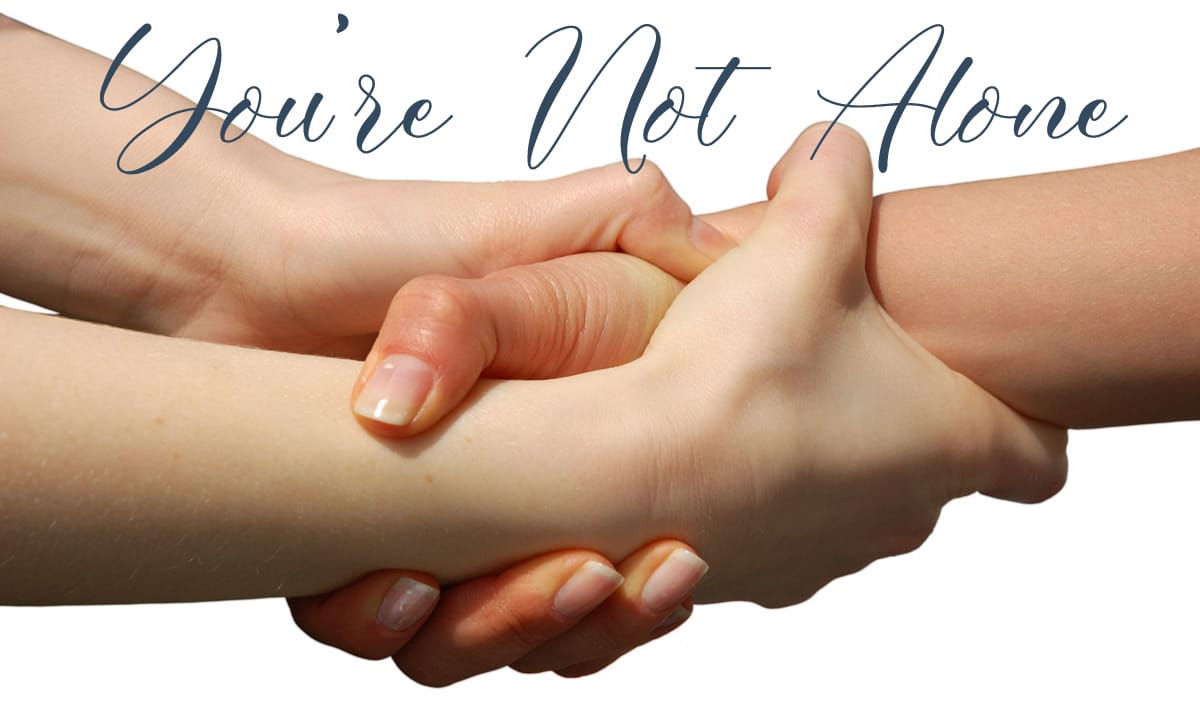
What Now? What comes next? — the No.2 question that we all ask

Taking the Next Step
After asking “Why Me?” the next question often emerges: “What Now?”
This isn’t about having all the answers. It’s about beginning to look forward, even in uncertainty. It’s the first sign of hope — the quiet courage to keep moving, one small step at a time.
A New Landscape
Life after an accident or diagnosis can feel like entering a new world overnight.
The routines you relied on may no longer work. The body feels different. The future seems unclear.
It takes time to adjust — and that’s okay. Learning to live in this new reality isn’t about “getting over it,” but about discovering new ways of being, new strengths, and new sources of meaning.
What “What Now?” Can Look Like
Every journey is unique, but many people find themselves exploring:
- Learning → Understanding the condition, treatment options, and tools that can help.
- Connecting → Building support through family, friends, or communities who understand.
- Adapting → Creating new rhythms and strategies for daily life.
- Healing → Allowing space for both emotional and physical recovery.
- Discovering → Finding meaning, joy, or purpose in new ways.
You don’t need to do all of this at once. Even a single small step forward matters.
You Are Not Alone
The “What Now?” journey isn’t one to walk in isolation.
Reaching out for support — whether through loved ones, caregivers, or communities — is often the bravest step of all.
That’s why we’ve gathered a collection of Resources to guide you: from support networks and information, to tools that can help you navigate this new chapter of life.
“What Now?” doesn’t mean you’ve reached the end of grief or struggle. It means you are choosing to continue — and that choice itself is an act of strength.

Resources
You Don’t Have to Do This Alone
Living with a life-changing diagnosis or injury can feel overwhelming. But support, information, and community are out there. This page gathers resources to help you find strength, connection, and hope.
Emotional & Mental Health Support
- Counseling & Therapy – Speaking with a trained professional can help process grief, anxiety, or depression.
- Support Groups – Many hospitals, nonprofits, and online communities offer groups where you can share your story with others who understand.
- Crisis Lines – If you ever feel like the weight is too much, reaching out can make all the difference.
(Insert relevant hotline numbers for your region, e.g., Canada Suicide Prevention Service: 1-833-456-4566)
Condition-Specific Resources
- Cancer Support – Add links to local/national cancer support organizations, such as the Canadian Cancer Society or American Cancer Society.
- Neurological & Mobility Conditions – (E.g., ALS Society, Parkinson’s Foundation, Spinal Cord Injury associations.)
- Multiple Myeloma Support – Add a direct link to Myeloma Canada or the International Myeloma Foundation.
Living Well Day to Day
- Rehabilitation & Exercise Programs – Adaptive physical therapy, fitness, or recreation programs can support strength and independence.
- Assistive Technology & Mobility Aids – From wheelchairs to home adaptations, technology can help you stay active and engaged.
- Wellness & Lifestyle – Nutrition guidance, mindfulness, and gentle movement practices can support healing from the inside out.
Community & Inspiration
- Stories of Resilience – Blogs, books, and podcasts from people living with similar challenges.
- Online Communities – Safe spaces to connect with others, share struggles, and celebrate victories.
- Volunteering & Advocacy – Finding purpose in helping others can be a powerful way to move forward.
Remember: You don’t need to explore every resource at once. Start small. Choose what speaks to you today. Over time, these tools can help you navigate the journey ahead.

